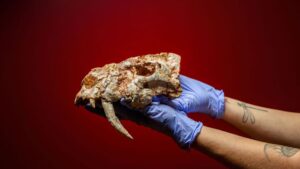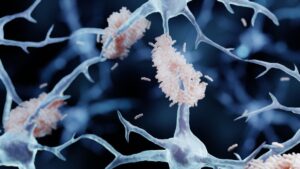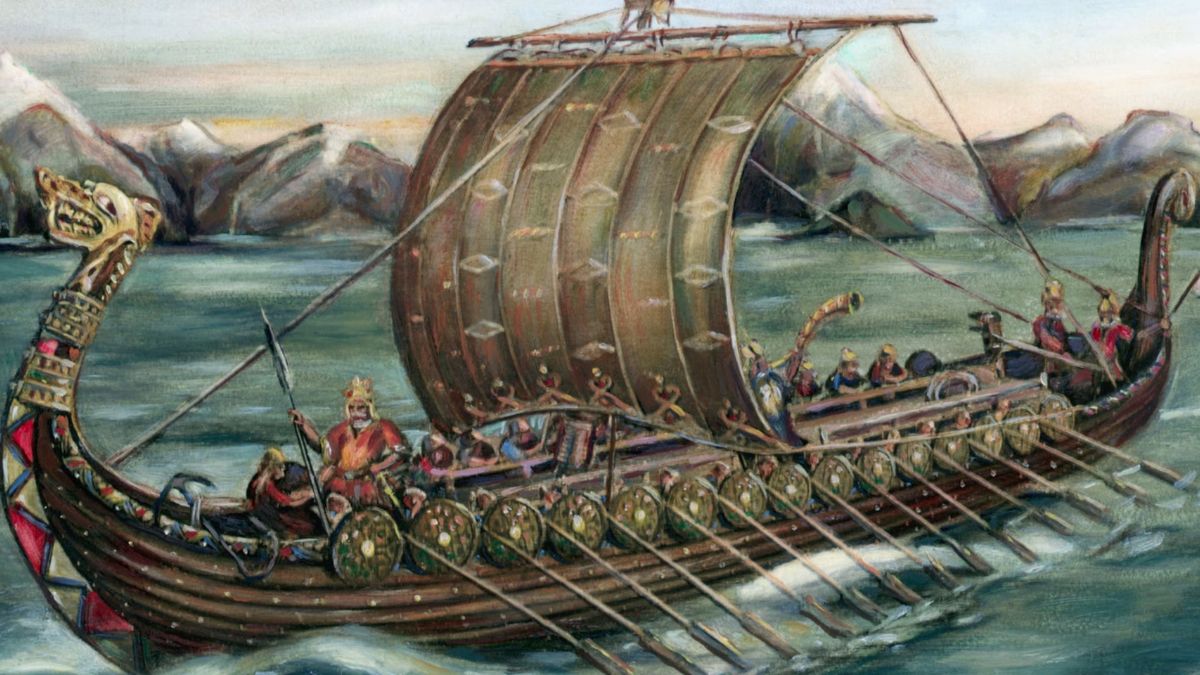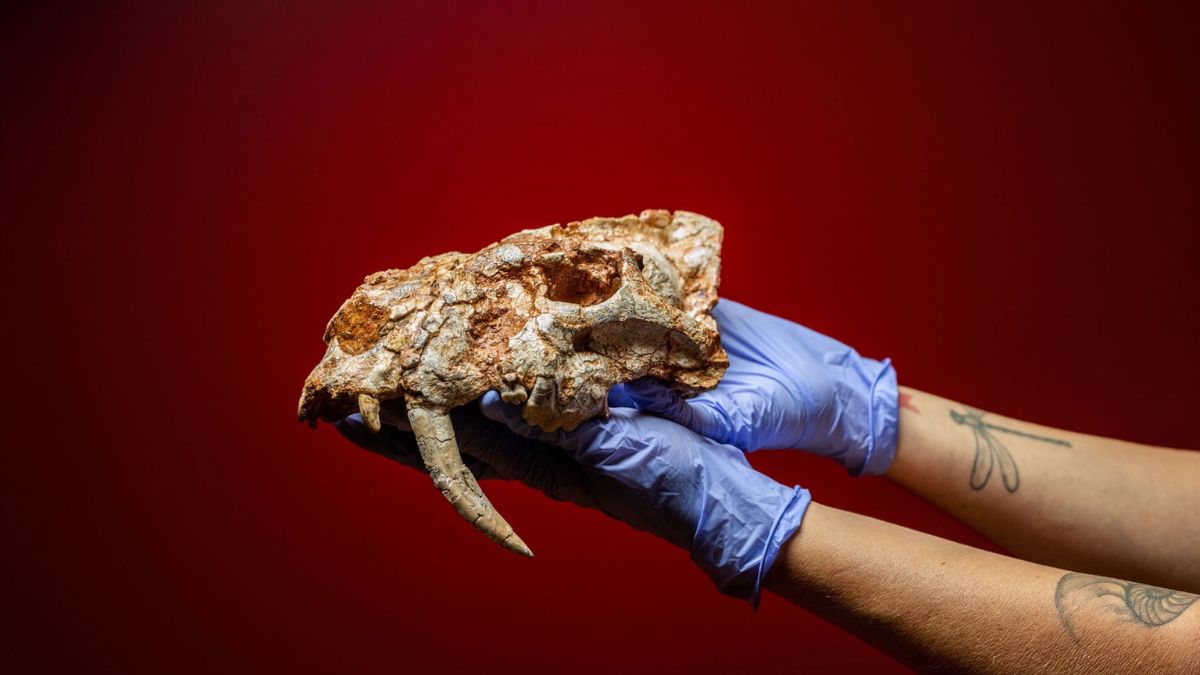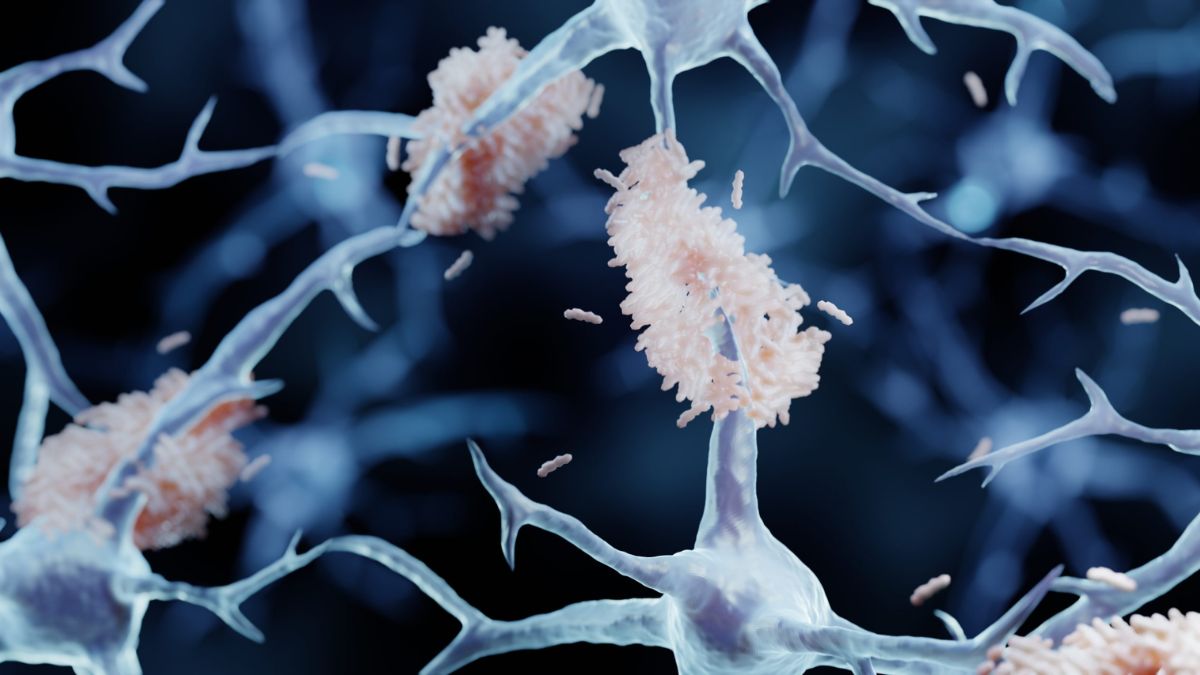Just hearing the words Black Death can give anyone the creeps. It’s the stuff of nightmares, right? A medieval horror story that wiped out nearly half of Europe’s population in the 14th century. But what if we told you that it never really left? A recent study has uncovered that the deadly plague is still lingering, all thanks to one small but mighty gene—the pla gene.
This gene, found in the bacteria Yersinia pestis, is the real villain behind this centuries-old nightmare still clinging to life. So, how did this happen? And more importantly—could it happen again?
Origins
Let’s rewind to where it all started. The Black Death was caused by Yersinia pestis, a bacterium spread mostly by fleas on rats. But here’s the kicker: it didn’t just spread through bites. It also traveled through the air via coughs and sneezes. If you think COVID was bad, imagine black lumps forming on your skin, organs shutting down, and death knocking within days.
Medieval Europe wasn’t ready. Medicine was primitive, sanitation was a joke, and people didn’t even know germs existed. So, when the plague arrived, it tore through towns like wildfire—killing indiscriminately and leaving devastation in its wake.
Mutation
Now here’s where things get fascinating—and a little terrifying. Scientists from McMaster University in Canada and Institut Pasteur in France analyzed over 2,700 DNA samples from victims of past plague outbreaks. What they found was shocking: one single gene, the pla gene, is what allowed Yersinia pestis to adapt and survive through centuries of human history.
This gene didn’t just help the bacteria kill. Over time, it evolved. Early strains were quick and deadly, but that’s actually bad for a disease. If it kills the host too fast, it can’t spread. So the pla gene morphed, making the bacteria more stealthy and giving it time to travel from rat to rat… to human.
Strategy
Think of the plague like a ruthless business. In its early days, it was aggressive—maybe too aggressive. It burned through its customers (humans and rats) so fast that it ran out of markets. But then, it changed its strategy. It “downsized” the lethality and focused on sustainability. By being a bit less deadly, the bacteria ensured it could spread further and stay in the game longer.
It’s evolution playing out like a corporate pivot. Smart move, right?
Victims
Another big reveal from the study? The plague didn’t start with humans. It began in rodents. Rats, in particular. Given the state of medieval hygiene (nonexistent), people lived in close quarters with these furry disease carriers. Floors were made of dirt, food was left out, and garbage was everywhere. Basically, rats lived like kings.
So, humans weren’t even the intended target at first. We were just unfortunate bystanders caught in the crossfire of a rodent-borne epidemic.
Survival
Despite all our advances—antibiotics, sanitation, vaccines—Yersinia pestis is still around. It’s been over 1,500 years since its first major outbreak, yet this bacterial menace hasn’t fully disappeared.
Why? Because it adapted. The pla gene allowed it to sneak past our defenses and shift strategies. Today, outbreaks still happen in places like Madagascar, the Congo, and now, worryingly, strains have been found in Vietnam with the same genetic blueprint as the medieval version.
Here’s a look at how this gene has helped it survive through time:
| Time Period | Behavior of the Plague | Role of the pla Gene |
|---|---|---|
| 6th Century (Justinian Plague) | Extremely deadly, rapid death | Aggressive infection |
| 14th Century (Black Death) | Slightly delayed death, massive spread | Mutation starts allowing delay |
| Modern Era | Lower lethality, persistent presence | Enhanced spread, subtle infection |
Comeback?
So… could it happen again? Technically, yes. But don’t start panic-buying toilet paper just yet. While the bacteria still exists, modern medicine has a strong upper hand. We have antibiotics that can treat plague if caught early, and health systems that can contain outbreaks—at least in theory.
But the scary part isn’t just that the plague is still out there. It’s that evolution doesn’t stop. Just like viruses, bacteria can mutate to resist drugs, dodge vaccines, or become more transmissible. We’ve seen it before—COVID taught us that the tiniest mutations can change the world overnight.
Lessons
What does all this teach us? One word: vigilance.
Science is constantly revealing how diseases evolve, adapt, and persist. And just because something feels like it belongs in history books doesn’t mean it’s gone for good. That tiny gene—the pla gene—is living proof.
So while the Black Death may feel like a medieval ghost story, it’s more like a dormant volcano. Quiet… but not extinct. The real takeaway? Never underestimate the power of evolution—or the tiniest parts of life that can change everything.
FAQs
What is the pla gene?
It’s a gene in Yersinia pestis that helps the plague survive.
Is the Black Death still around?
Yes, modern strains of the plague still exist.
Can the plague infect humans today?
Yes, but it’s treatable with antibiotics.
How did the plague spread?
Mainly through fleas on rats and respiratory droplets.
Where is plague found today?
Places like Madagascar, Congo, and recently Vietnam.



